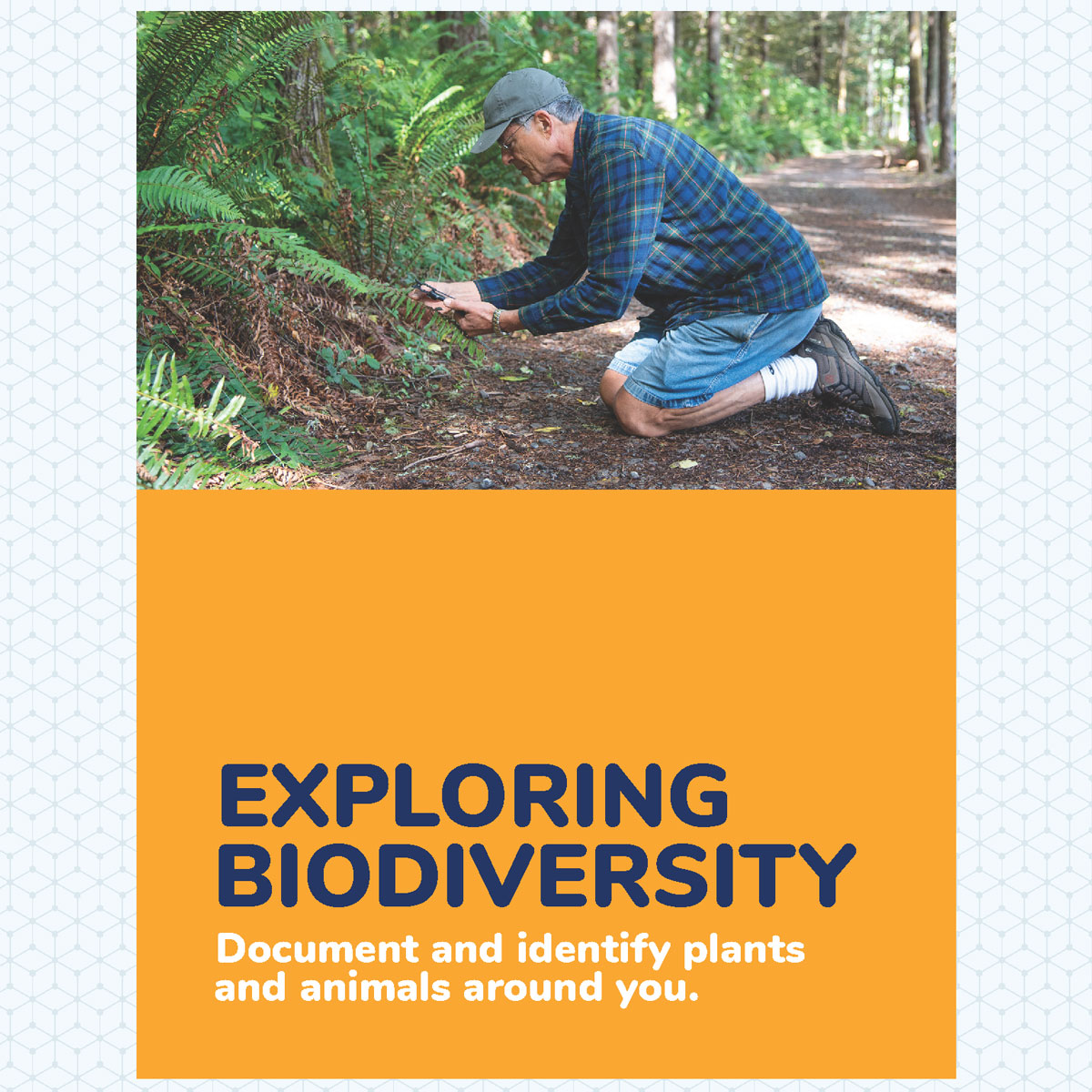What is Citizen Science?
Citizen science is when regular people become scientists and help real scientists with their research. It's like being a detective and exploring the world around you to collect information and solve mysteries. Instead of just one scientist doing all the work, many people join together and use their eyes, ears, and curiosity to observe, record data, and make discoveries. It's an exciting way for everyone to contribute to scientific knowledge and make a difference in the world. Anyone, anywhere can engage in science, from monitoring water quality, tracking wildlife and insect species, analyzing and classifying images of galaxies and so much more.
Participants and professional scientists use the same process—or protocols—to make observations and collect, share, and analyze data so the data can be trusted and used. The data collected by participants help scientists and participants advance research and support decision-making. Everyday people, as well as scientists, have access and can use the data collected, which means that it's a way to help people address local concerns that can inform decision-making and improve related policies. It also helps people better understand the world around them - even if it's just their own backyard!
Citizen Science is a growing trend for fun, scientific engagement that libraries and community organizations won't want to miss. It is a perfect addition to existing library programs, community-based organization activities, event calendars, inclusive options for seniors/adults/teens/families and more. It is also an opportunity for collaborations between libraries and community organizations to leverage resources and increase engagement in authentic scientific research.
Kit 1: Exploring Biodiversity
Project Overview
Biodiversity is an important marker for an ecosystem's health. Healthy ecosystems ensure natural sustainability for all life forms and can better withstand and recover from a variety of disasters.
Use your smartphone and clip-on lenses to take and share detailed pictures of nature and help create a living record of life on Earth. By recording and sharing your observations on
iNaturalist
, you'll create research-quality data for scientists working to better understand and protect nature.
Kit Details
This kit includes components to purchase or download and print, including: a clip-on lens set for a smartphone, a pair of binoculars, a Community Field Book and instructions to download the iNaturalist app
. This data is used to create a living record of life on Earth that scientists and land managers could use to monitor changes in biodiversity, and that anyone could use to learn more about nature.
Library users who check out this kit will be directed to this public-facing web page to view related videos, access supplemental resources, and to log their citizen science data:
scistarter.org
.
More library resources and opportunities for collaboration can be found at libguides.library.sd.gov .
Age Levels
Primarily for adults or children with help from an adult. This kit provides an ideal family and multigenerational activity. With the help of an adult, children can begin learning to document and identify plants and animals around them. This kit and project can be demonstrated as part of a nature, animal, biology or community garden program.
Kit 2: Observing Pollinators
Project Overview
Pollinators are animals that assist plants in their reproductive cycles and are critical to the world's food supply. In recent years their populations have suffered severe declines, especially among honeybee colonies.
The Great Sunflower Project
engages volunteers to help scientists understand and respond to changes in pollinator populations and the types of flowering plants that pollinators prefer from wherever they are.
Participants simply observe any flowering plant for less than 15 minutes, count and identify the pollinators that visit the plant, then log data online as instructed.
Kit Details
This kit includes components to purchase or download and print, including: binoculars to observe pollinators, a data sheet librarians should laminate along with a clipboard and dry-erase marker for participants to record observations from the field, a stopwatch to time observations, a bee observer card, a guide to identify local flowering plants, a field journal for participants to share tips and questions for the next kit user, a printable Pollinator Coloring Page to introduce aspiring citizen scientists to pollinators, and Lemon Queen sunflower seeds participants can plant to attract future pollinators to observe for continued engagement after the kit is returned to the library!
Library users who check out this kit will be directed to this public-facing web page to view related videos, access supplemental resources, and to log their citizen science data:
scistarter.org
More library resources and opportunities for collaboration can be found at libguides.library.sd.gov .
Age Levels
Primarily for adults or children with help from an adult*. This kit provides an ideal family and multigenerational activity. With the help of an adult, children can begin learning about plants and pollinators around them. This kit and project can be demonstrated as part of a nature, food, gardening, tree, or pollinator program.
*Anyone allergic to bees, insects, poison ivy, etc, should use this kit with caution.
JoAnne Freitag



